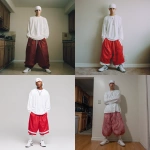Explore the Best AI Image Gallery
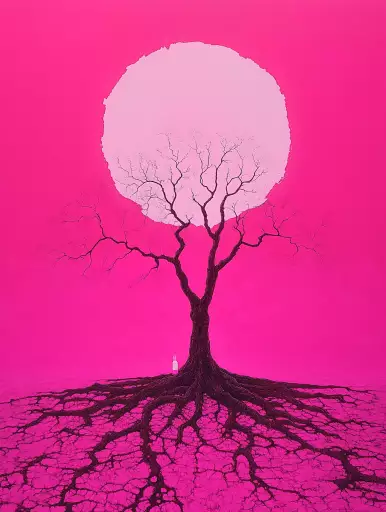
The AI Canvas: Painting the Future of Design
Artificial intelligence (AI) is no longer a futuristic concept confined to science fiction; its actively reshaping various industries, including the creative realm. The emergence of AI image generators has particularly ignited conversations and sparked both excitement and trepidation within the design community. These powerful tools can produce stunning visuals with remarkable speed and precision, raising profound questions about the future of creativity and the role of human designers.
A New Palette: Exploring the Potential Uses of AI Images in Design
AI image generators offer a vast array of applications that are poised to revolutionize the design landscape.
- Concept Visualization: Designers can leverage AI to quickly generate multiple visual concepts based on textual descriptions, accelerating the ideation process and exploring diverse design directions.
- Marketing and Advertising: AI-generated images can create captivating visuals for marketing campaigns, social media content, and product promotions, allowing brands to personalize their messaging and resonate with target audiences.
- Web and UI Design: AI can assist in generating website layouts, user interface elements, and icons, streamlining the design process and fostering consistency across digital platforms.
- Illustrations and Graphics: From editorial illustrations to infographic designs, AI tools can produce high-quality visuals that enhance storytelling and visual communication.
- Personalization and Customization: AI can generate unique images tailored to individual preferences, creating personalized experiences for users in various applications, such as e-commerce and gaming.
Navigating the Ethical Landscape
While the potential of AI image generation is undeniable, it also presents ethical considerations that require careful attention.
- Copyright and Ownership: The question of copyright ownership for AI-generated images remains a complex legal issue. Determining who owns the rights to these creations—the user who provides the input, the AI developer, or the AI itself—is crucial for establishing clear guidelines.
- Bias and Representation: AI models are trained on vast datasets, which may contain biases that reflect societal stereotypes and inequalities. It is essential to ensure that AI image generation does not perpetuate harmful representations and promotes diversity and inclusivity.
- Job Displacement: The automation potential of AI tools raises concerns about job displacement in the design industry. While AI can augment human capabilities, its important to consider the impact on employment and provide opportunities for designers to adapt and acquire new skills.
- Transparency and Explainability: The decision-making processes of AI models are often opaque, making it difficult to understand how they generate images. Increasing transparency and explainability in AI systems is crucial for building trust and accountability.
The Future of AI and Design: A Collaborative Canvas
Looking ahead, the future of design lies in a collaborative partnership between humans and AI. Rather than viewing AI as a replacement for human creativity, its essential to embrace its potential as a powerful tool that can augment and enhance our design capabilities.
- AI-Assisted Design Tools: Expect to see more sophisticated AI tools that provide designers with real-time feedback, suggest design solutions, and automate repetitive tasks, allowing them to focus on higher-level creative endeavors.
- Personalized Design Experiences: AI will enable highly personalized design experiences, tailoring visuals and interfaces to individual user preferences and needs, creating more engaging and immersive interactions.
- New Creative Mediums: AI is likely to give rise to entirely new creative mediums and forms of expression. As AI models evolve, they may be capable of generating unique artistic styles, exploring unconventional concepts, and pushing the boundaries of whats considered art.
By embracing ethical considerations, fostering collaboration, and continuously refining these technologies, we can unlock the full potential of AI to revolutionize the design industry and create a more visually rich and innovative future.

](https://images.ai-img.art/thumbnails/150/69d81ae5ecde297f3c11da78435c5fc00fbac7b00e2c7ccd89d7bbeb014e0541.webp)



](https://images.ai-img.art/thumbnails/150/738b292720ee21b57673dfb75ad851f4c34d16f5006ae3027ba685feaddb6b04.webp)

](https://images.ai-img.art/thumbnails/150/05b3252b3f681226a3df9027b069db31c005f91b72257a74367c4102f03a2ba0.webp)

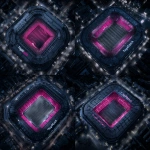


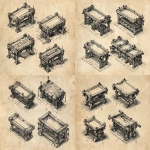


](https://images.ai-img.art/thumbnails/150/57afc09cc38edf73880f760b7ebe1852c5522c6b4051836717b2e56b6f7f913c.webp)

](https://images.ai-img.art/thumbnails/150/83ec831b9fb19e0db5a520b051b9556f3f594b87acc957ffee094a06a565e6f0.webp)

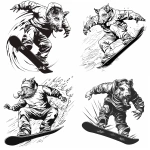
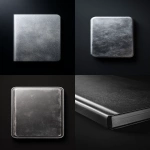
](https://images.ai-img.art/thumbnails/150/fc468fe14407b96489933a55227127071fd5f6c0505be74ca4dcb2f1e2fa3771.webp)
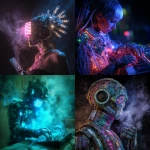



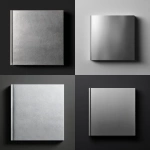
](https://images.ai-img.art/thumbnails/150/807ac97f95d56e8cc7cf714e13299d80bf6bcb5b4d80b77a7f06f30246184943.webp)

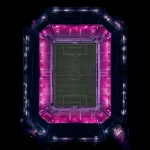


](https://images.ai-img.art/thumbnails/150/3ccc82ef0ad0cc1ab1dfb5b8e6bc37924fcad45dadf41cbd1cb21d19fc7f640a.webp)





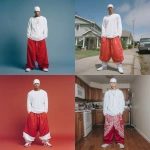
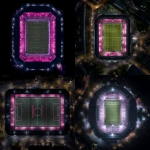
](https://images.ai-img.art/thumbnails/150/908bcb9950a44fd4b37d1a84cf00178988cea9507738d7ad4f92707c692461ef.webp)




